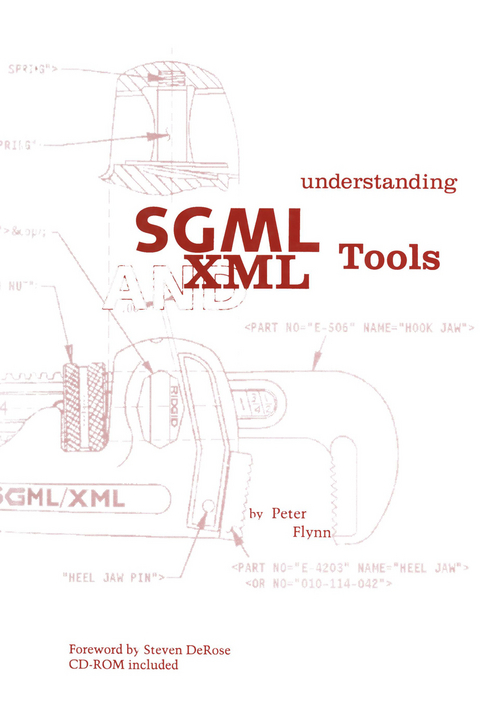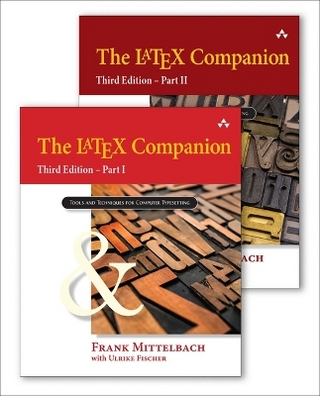
Understanding SGML and XML Tools
Springer-Verlag New York Inc.
978-1-4684-6713-0 (ISBN)
Peter Flynn has been an enthusiastic and skillful contributor in the world of SGML and XML for many years, and it is a pleasure to see him set some of his expertise down in writing as well. The range and power of SGML tools have taken a sharp upward turn: the first step leading to this was that the Web came along with HTML, and showed the whole world that pointy brackets and (at least somewhat) descriptive markup could make a difference. Soon afterward, 'HTML claustrophobia' began to grow and XML came to the rescue. Since XML is fundamentally an elegant subset of SGML that reduces complexity without reducing functionality, the movement to XML is great for SGML too. The massive interest in XML is bringing forth a huge variety of new, faster, more powerful, and cheaper software tools. Peter has caught the cusp of this change and shows in detail how SGML and XML tools fit together into integrated solutions that return value for your investment in structured information.
1 Introduction.- 1.1 What it’s all about.- 1.2 Selection of tools.- 1.3 How much do I need to know about computers?.- 1.4 Organization of the book.- 1.5 The quick-start guide to SGML.- 2 What type of document?.- 2.1 Describing the type of document.- 2.2 Understanding Document Type Definitions.- 2.3 What’s available in public?.- 2.4 Extensible Markup Language (XML).- 2.5 Identifying the DTD.- 2.6 Writing and modifying DTDs.- 2.7 SGML update.- 3 Editors.- 3.1 Editors and DTDs.- 3.2 Stylesheets and WYSIWYG.- 3.3 General-purpose editors.- 3.4 SGML extensions to non-SGML editors.- 4 Parsing and validating.- 4.1 Using a built-in parser.- 4.2 Interpreting and reusing parser output.- 4.3 Stand-alone parsing.- 5 Manipulation and conversion.- 5.1 Quick and dirty: using non-SGML tools.- 5.2 Programmable conversion engines.- 5.3 SGML export and import without programming.- 6 Finding, viewing, and printing.- 6.1 Searching.- 6.2 Viewers and browsers.- 6.3 Non-visual representations.- 6.4 Stylesheet software.- 6.5 Printing and publishing.- 6.6 Document management and archiving.- 7 Rolling your own.- 7.1 Toolkits for the programmer.- A The CD-ROM.- A.2 Words of warning about the software.- A.3 How does it work?.- A.4 What am I allowed to do with it.- A.5 Documentation.- A.6 GNU software.- B SGML resources.- B.1 On the Web.- B.2 Usenet news.- B.3 Mailing lists.- B.4 SGML User Groups.- References.- Index of people and organizations.- Index of markup elements and parameters.- Index of acronyms and abbreviations.
| Zusatzinfo | 464 p. With online files/update. |
|---|---|
| Verlagsort | New York, NY |
| Sprache | englisch |
| Maße | 155 x 235 mm |
| Themenwelt | Informatik ► Grafik / Design ► Desktop Publishing / Typographie |
| Informatik ► Office Programme ► Outlook | |
| Informatik ► Theorie / Studium ► Künstliche Intelligenz / Robotik | |
| ISBN-10 | 1-4684-6713-1 / 1468467131 |
| ISBN-13 | 978-1-4684-6713-0 / 9781468467130 |
| Zustand | Neuware |
| Haben Sie eine Frage zum Produkt? |
aus dem Bereich


